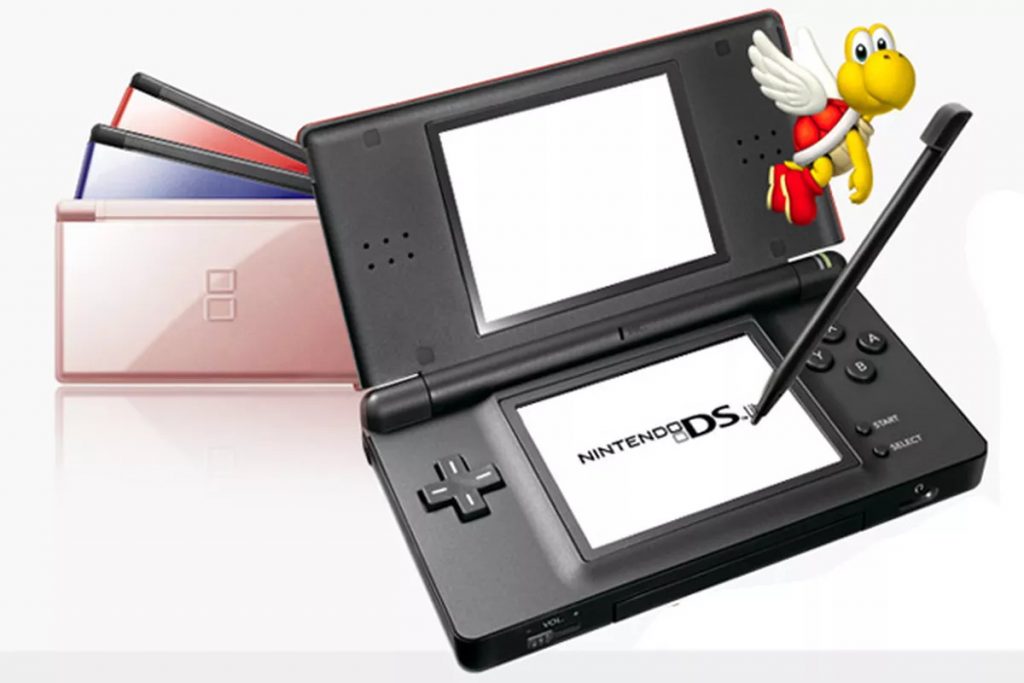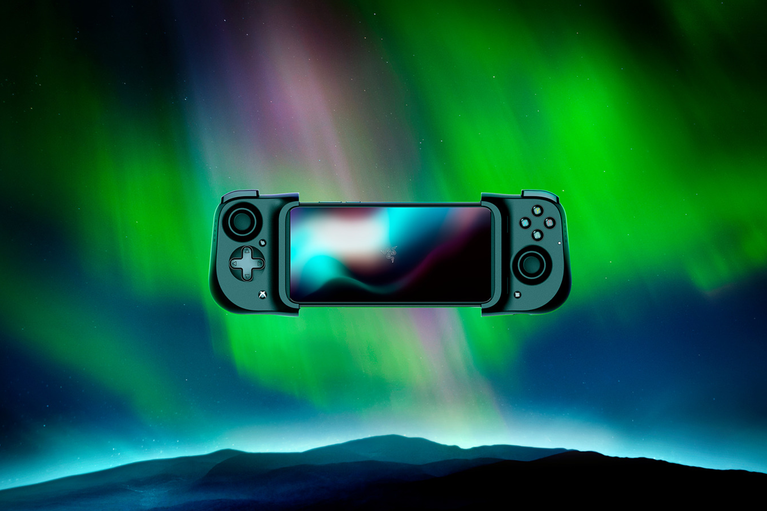By Lewis Empson
It’s hard to believe that the gaming scene was onced ruled by the handheld console. However, in a world of conveniently portable smartphones and tablets, mega powerful home consoles and PCs, and a global pandemic that’s got us all stuck at home; it feels like the handheld’s once pivotal position has been lost amongst the more powerful gaming options. This appears to be the case, or has handheld gaming followed the trends for consoles and PCs and evolved to a new and sometimes unrecognisable form?
To understand the importance of the handheld in gaming history, we need to start at the beginning. The notion of gaming untethered from your television was once a sci-fi fantasy up until the release of the Nintendo Gameboy in 1989, with its many updates and upgraded models to follow which continually changed the game – literally. Nintendo has always been at the forefront of innovation in the handheld game; it’s worth mentioning that the Gameboy may not have been the first handheld console, but it was easily the most popular and became the gold standard with its many upgraded models such as the Gameboy Colour which introduced, well, colour – duh.
The Gameboy Advance SP introduced the actually viewable LCD screen and folding clamshell design that set the stage for perhaps the most iconic console of all time – the Nintendo DS. This handheld became the staple of many childhoods with its unending game library of staple Nintendo titles like Super Mario Bros, Cooking Mama and Nintendogs. It became the go to console to play on long journeys and late nights when you were supposed to be asleep but instead were sneaking in a couple Mario Kart DS races (sorry Mum). Nintendo ruled the handheld space and even now embrace these roots with the Switch and more specifically the Switch Lite which is a handheld only version of their home console/portable hybrid that embraces the good old handheld vibes mixed with home console quality games like Breath of the Wild and Mario Odyssey.

Of course we couldn’t forget the other handheld that captured our hearts in our childhoods – Sony’s PlayStation Portable, or PSP for short. This handheld powerhouse lived up to its name as it was quite literally a PlayStation that fit in your hands with console quality games to match. This console was home to entries in the biggest gaming franchises at the time, such as Metal Gear, Grand Theft Auto, God of War and Kingdom Hearts. You could play movies on it, it had a thumb stick of questionable quality and a sweet looking widescreen display – you could even use it as a remote play controller for your PS3 if you were so inclined. The PSP was bold, powerful and super successful which makes it all the more baffling as to why it’s successor, the PS Vita (yeah maybe the name didn’t help) was a complete flop.
In the hardware department; the PS Vita was a champion with a gorgeous OLED touch display, dual thumbsticks and a year touchpad for extra control options in-game. It’s downfalls laid in its eye-watering price of ┬ú230 for the Wi-Fi model or ┬ú280 for the 3G equipped model – yikes. On top of that was the pitiful 4GB of onboard storage meaning a proprietary memory card was required to store its underwhelming games library. Whilst big console titles like Uncharted, Little Big Planet, Killzone, Assassin’s Creed and Fifa were all adapted for the small screen, they just weren’t that mind blowing which resulted in poor sales and an untimely end for Sony’s genuinely fantastic handheld efforts. We’re not letting Nintendo off the hook here though, no one liked the “3D” part of the 3DS; that gimmick was a battery drain at best and unnecessary, awful looking garbage at worst – at least you had some great games to justify the new console.

So that brings us to now, where has handheld gaming gone? The Switch is mainstream, but it looks like it’s the only option for now; it’s dominated the market and no one dares challenge it. Well the next generation of handheld of course instead lies in the realm of mobile streaming. The likes of Xbox Cloud Gaming, Google Stadia and even Apple Arcade are here to offer a new solution in the form of a subscription based streaming model to deliver high quality, no compromise mobile and console games straight to our mobile devices (if you’ve read my thoughts on the early days of Xbox Cloud Gaming, or formerly Project X Cloud, then you’ll know that there might indeed be a few compromises but we’ll let that slide). Pair up your mobile phone with a Bluetooth controller such as the Razer Kishi or PowerA’s MOGA lineup and viola, a whole new generation of portable gaming. With films, tv and music all adopting the streaming model to mobilise its content to appeal to the bustling on-the-go world we live in, mainstream gaming joining this new phenomenon just kind of makes sense – especially as the industry will soon be able to take advantage of the increasing 5G coverage for super fast network speeds, ideal for streaming. It’s not perfect and there are plenty of kinks to iron out but it’s a bold new world for the realm of handhelds and could be the key to getting gamers away from the TV and back on the go – when it’s safe to do so of course.


